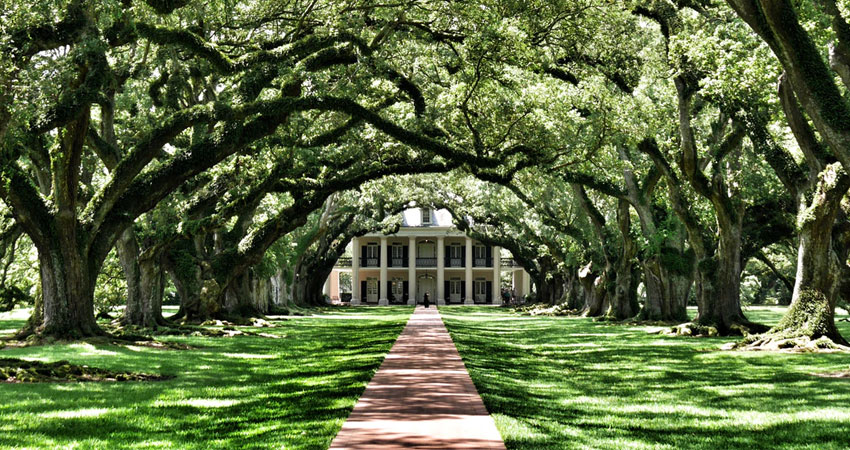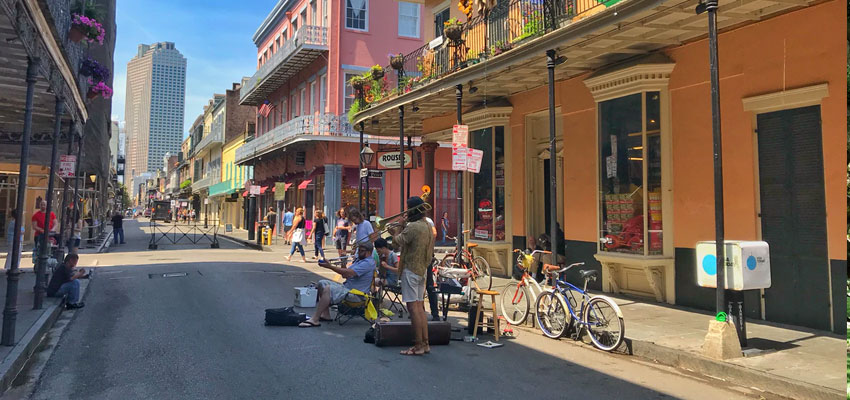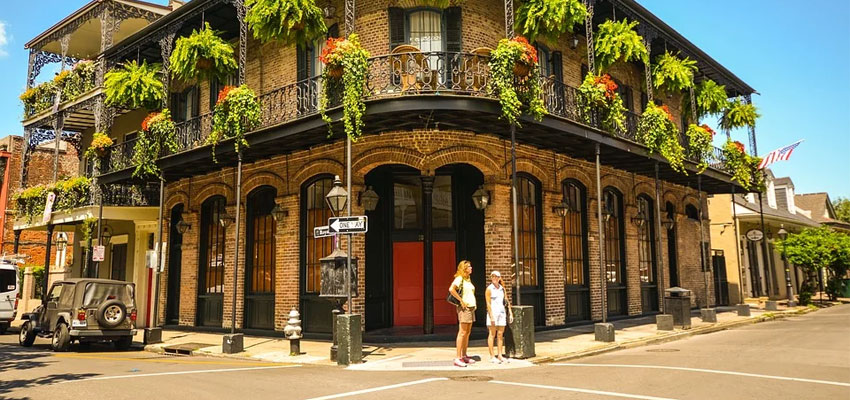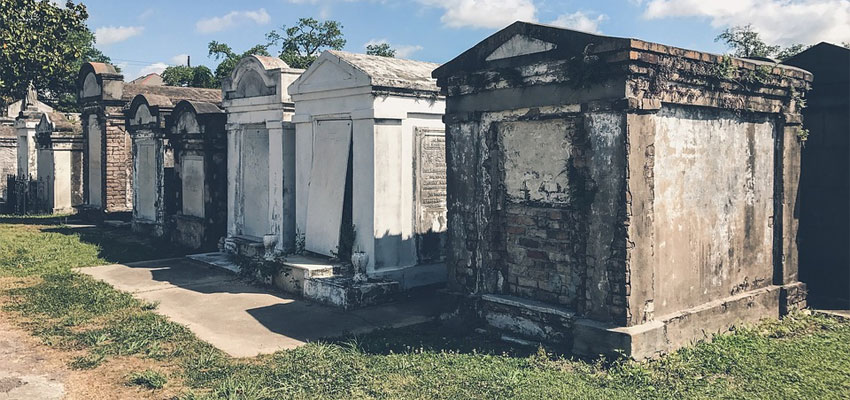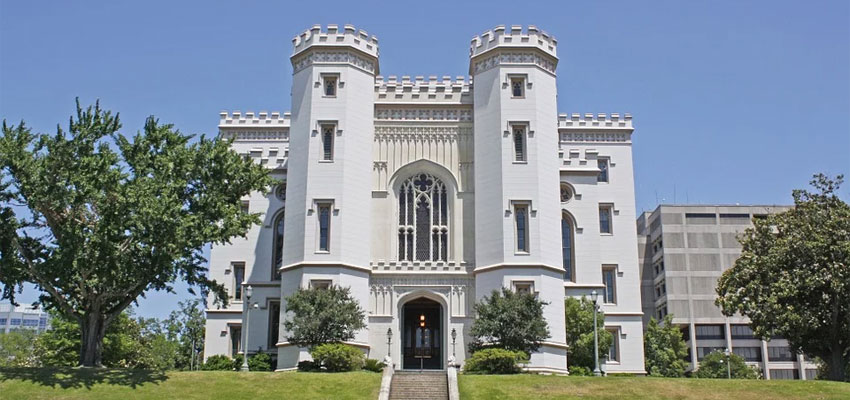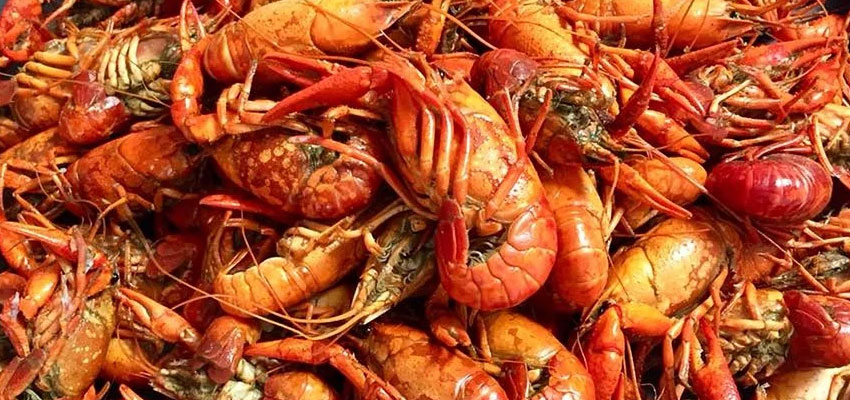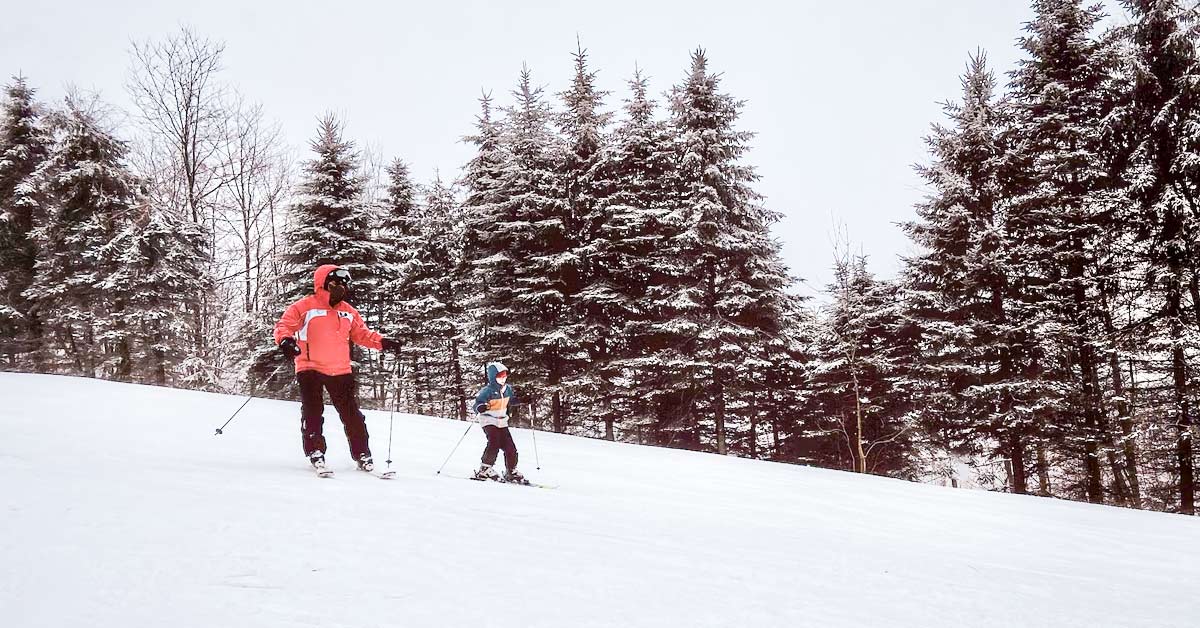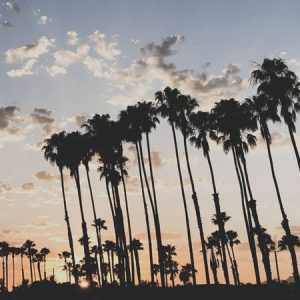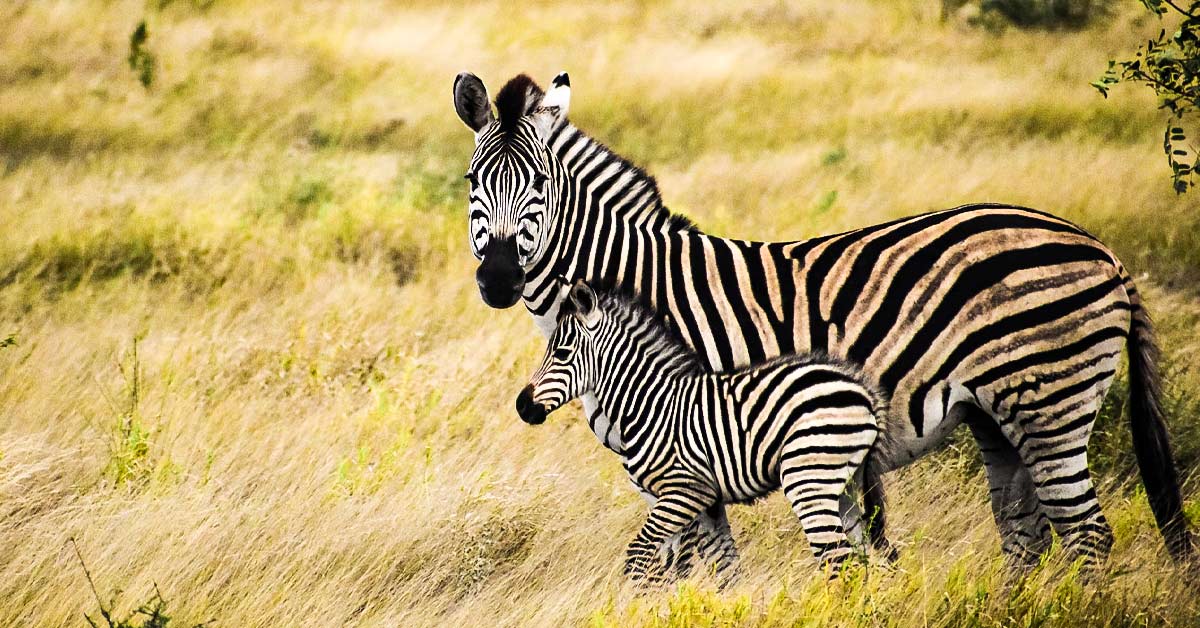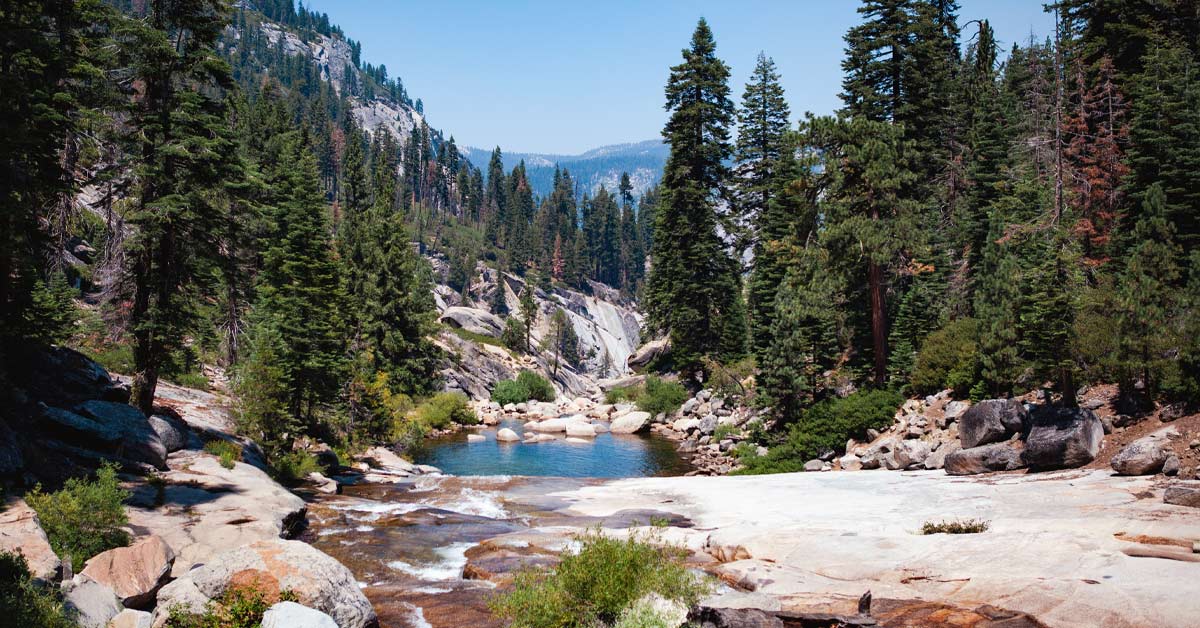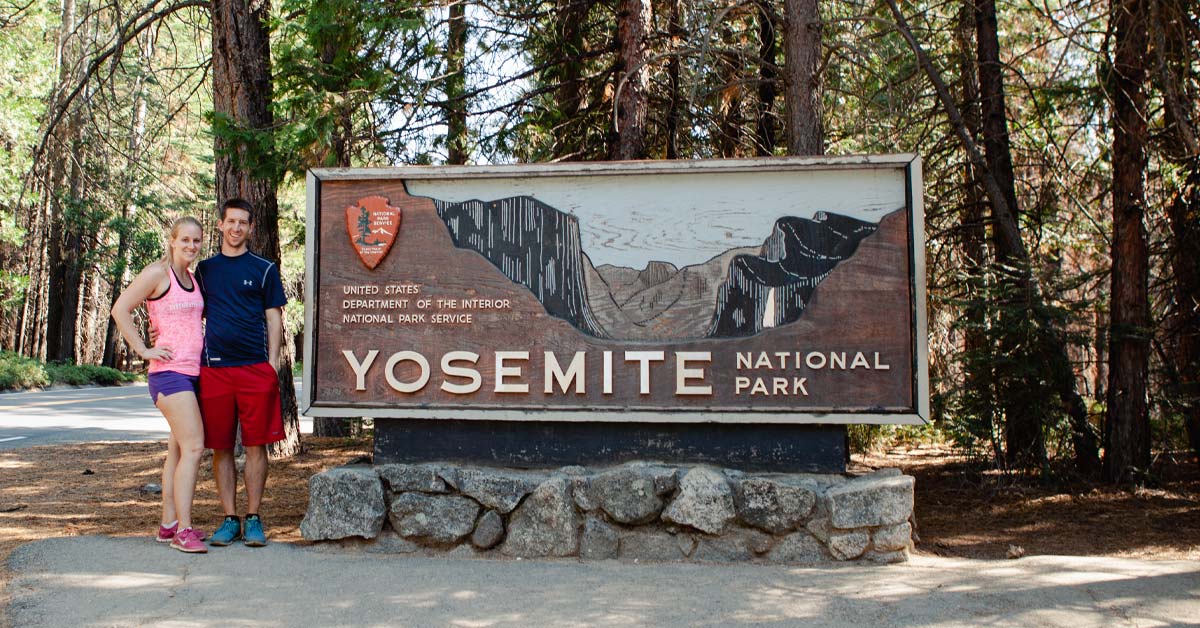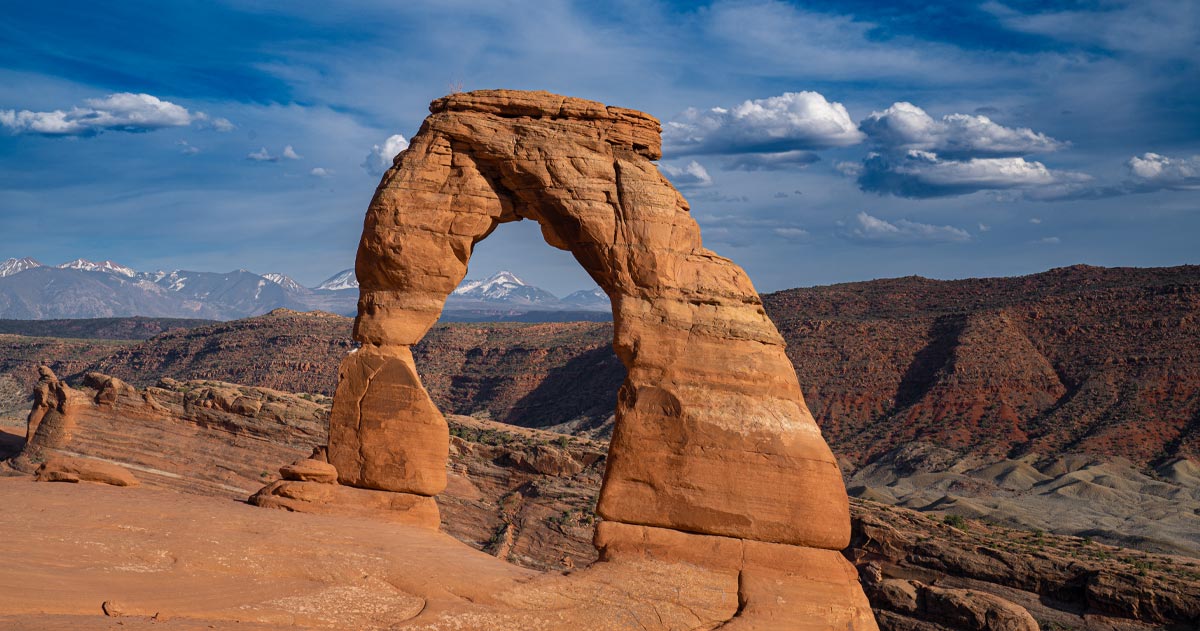Louisiana is a cultural melting pot, with races and nationalities all over the world mingling in one picturesque location.
French, Spanish, Creole, French Canadian, West Indian, Cajun, African American, and American Southern influences are all evident in the language and accents, music, cuisine, culture, and architecture that persists in modern-day Louisiana.
Superimpose this hybrid heritage on a land surrounded by land on two edges, the Mississippi River to the east, and the Gulf of Mexico and wetlands to the south, and you get one of the most unique and fascinating destinations in the US.
In today’s blog post, I run down the best things to do in Louisiana to help you plan for your vacation to the Bayou State.
New Orleans
Known as the Big Easy, New Orleans is truly nothing like any other US city.
Known for the cultural and historical gem that is the French Quarter, it’s also known for its annual Mardi Gras festivities and for being the most haunted city in America.
Here are a few of the best things to do, see, and experience in New Orleans.
French Quarter
Just as a visit to Louisiana isn’t complete without visiting New Orleans, visiting New Orleans isn’t complete without visiting the iconic French Quarter.
Also known as the Vieux Carré, it is bounded by Canal, Decatur, Esplanade Ave., and Rampart Streets.
Just walking around this neighborhood lets you enjoy views of beautiful architecture, gardens, and courtyards.
Royal Street is a shopping and dining hub with plenty of family-owned shops and art galleries, teeming with street musicians playing every day and night.
Located right in the heart of the French Quarter, Bourbon Street is where the party is happening. When the sun goes down, the neon lights turn on, signaling to visitors that the revelry is about to begin.
Jackson Square is a National Historic Landmark to people-watch, appreciate the work of local artists and the music of local musicians, and to marvel at the St. Louis Cathedral, the oldest cathedral in North America.
Nearby, the French Market is an open-air market featuring shopping, dining, and music that are all distinctly New Orleans. From Café du Monde near Jackson Square to the flea market at the end of Esplanade Avenue, it covers five blocks of local art, handmade crafts, and retail shopping.
You can also get to know the infamous women of the French Quarter by visiting Gallatin Street, where brothels and barrooms housed prostitution and murder; the LaLaurie Mansion, where Madame LaLaurie reportedly did unspeakable violence to her slaves; and Marie Laveau’s House of Voodoo and her actual house at St. Ann Street, where you can learn more about the Queen of Voodoo.
Museums
Whether you want to learn about art, history, culture, or even war and death, New Orleans has got you covered.
The New Orleans Museum of Art houses 46 galleries with art from all over the world, while for specific cultural art, you can go to the Ogden Museum of Southern Art, the New Orleans African American Museum, or the Algiers Folk Art Zone and Blues Museum.
For history buffs, the Historic New Orleans Collection, the National WWII Museum, the Cabildo, the Confederate Memorial Hall Museum, the New Orleans Pharmacy Museum, and the New Orleans Jazz Museum should have you covered.
If you went to New Orleans with children, they’ll probably enjoy the Louisiana Children’s Museum, the Mardi Gras Museum of Costumes & Culture, and the Audubon Zoo and the Audubon Butterfly Garden & Insectarium.
If you want something more macabre, visit the Museum of Death and the Historic Voodoo Museum.
Cemeteries
New Orleans is the most haunted city in America.
The dead don’t rest in this city, and in fact, cemeteries here place graves aboveground because the ground literally can’t hold them because the water table is so high that graves that get dug up fill up with water immediately.
Explore the two Lafayette cemeteries, three St. Louis cemeteries, and the three St. Patrick cemeteries. You’ll need to be part of a tour to visit the cemeteries because of rampant vandalism, though.
For an added thrill, look for Marie Laveau’s tomb in St. Louis Cemetery No. 1. You can’t miss it; it’s the tomb with “xxx” markings all over, for visitors who wish for various things.
Music
New Orleans is the birthplace of jazz, and it will never let you forget it, going by the number of jazz clubs in the city and even the existence of jazz funerals.
Bands also play for free in Lafayette Square and in Louis Armstrong Park on certain days of the week during spring and fall.
From the street musicians on the French Quarter, to the nightly concerts on Frenchmen Street, and all the live music in the music clubs playing all kinds of music: reggae, Cajun, Creole, and dance music, New Orleans has something for everyone.
Even the trees are musical. Visit City Park, look for the Reunion Shelter in front of the New Orleans Museum of Art on the east side of the Big Lake, and look for the Singing Oak.
Mardi Gras
Mardi Gras is a month-long celebration named for a single day, Fat Tuesday, the last day before Lent.
The Twelfth Night signals the start of Carnival season, and every weekend until Ash Wednesday is filled with eating, costumes, beads, and parades. The closer it gets to Ash Wednesday, the more intense the partying gets.
Attend a Mardi Gras ball or two, or just be part of the parade winding through the French Quarter while eating king cakes and oysters and throwing beads.
More Information: Official Tourism Website of New Orleans
Baton Rouge
Baton Rouge, affectionately known as the “Red Stick,” is Louisiana’s historic capital. New Orleans may be popular, but Baton Rouge holds its own quiet charm.
Here are the best things to do in Baton Rouge.
Museums
From when the Houma Indians and the Bayougoula Indians settled a border conflict and using a bloodied cypress pole (a red stick), Baton Rouge has had a rich 300-year history.
Old Governor’s Mansion and Foundation For Historical Louisiana as well as the Old State Capitol Museum are interesting places to learn about Baton Rouge’s political history. The Old State Capitol also features unique Gothic and Victorian architecture.
Don’t miss the family-friendly Louisiana Art & Science Museum and Planetarium, where there are fine art exhibits, a science gallery, and a creative playroom. The exhibitions change from time to time, but everyone will still have a good time.
The USS KIDD Veterans Memorial & Museum is in the restored World War II Fletcher-class destroyer docked along the Mississippi River, featuring historic artifacts from the different world wars, the largest ship model collection in the South, and the Louisiana Memorial Plaza with the names of over 7,000 Louisiana natives killed in combat.
Louisiana State University
It’s not just a state university, it’s a gorgeous campus. LSU is home to huge oaks, brilliant architecture, sprawling greenspaces, and picturesque lakes.
Don’t miss the museums, such as the Jack and Priscilla Andonie Museum featuring athletics history, Museum of Art featuring one of the largest art collections in the South, and the Rural Life Museum featuring exhibits on the way of life of the rural people of Louisiana.
LSU also features historic sites, such as the Hill Memorial Library and the Indian Mounds.
Family Activities
Learn and play with your family in Baton Rouge with various family-friendly activities and attractions.
The botanic gardens in LSU AgCenter and in BREC’s Independence Park feature plenty of walking trails for you and your kids to appreciate the beauty of nature in the city.
Blue Bayou Water Park And Dixie Landin’ is a water park and amusement park in one, guaranteed to bring fun to kids of all ages, and to the grown-ups too.
If you want to get close to the animals, you can go to Baton Rouge Zoo or to the BREC Bluebonnet Swamp Nature Center.
More Information: Official Tourism Website of Baton Rouge
Lafayette
Lafayette is known as the heart of Louisiana’s Cajun and Creole country and is known as the “Happiest City in America.”
The language, culture, music, and cuisine all reflect this diversity, and the citizens here are happy about it.
Breaux Bridge
Located just outside of Lafayette, Breaux Bridge is a quaint, charming destination known as the gateway to Cajun culture and the crawfish capital of the world.
The Breaux Bridge Crawfish Festival is one that you’d definitely want to be a part of. Held annually in May, the festival lasts for three days with live Cajun and Zydeco music, dance contests, a parade to honor the Crawfish Queen, and of course, crawfish served every conceivable way.
Even if it isn’t festival time, just going through the town opens up a cornucopia of restaurants where you can sample Cajun dishes such as gumbo, jambalaya, and boudin.
Downtown Lafayette
Downtown Lafayette is where the residents come to work and play. Something exciting is always happening at the numerous businesses, organizations, galleries, restaurants, music venues, and festivals.
Hang out in one of the Parcs: Parc de Lafayette featuring a waterfall, Parc International featuring Downtown Alive!, Parc Sans Souci featuring a splash pad, or Parc Putnam with its vast picnic grounds.
There are also plenty of museums, galleries, and houses of interest to help you satisfy your curiosity and witness beauty. The Lafayette Science Museum and the Children’s Museum of Acadiana are where children of all ages can enjoy learning and exploring.
Various art galleries here include the Acadiana Center for the Arts, Basin Arts, and Cité des Artes, while you can know more about Lafayette history in the Alexandre Mouton House and the Cathedral Museum.
More information: Lafayette Travel
Avery Island
Despite the name, Avery Island is a salt dome inland and is home to the world-famous Tabasco sauce.
The Tabasco factory is the biggest attraction in the area, and the guided factory tours are fascinating. View artifacts from the McIlhenny family, and learn about how the world-famous sauce is made, from pepper plants to mash to bottled sauce to its journey to store shelves around the world.
At the Tabasco Country Store, you can sample their new offerings as well as buy a variety of branded products and souvenirs for sale.
Aside from the Tabasco factory, Avery Island is also home to the Jungle Gardens, where the founder EA McIlhenny planted a collection of camellias, azaleas, and other exotic flowers.
Walk or drive along the man-made lagoons that trail Bayou Petit Anse, and you may see wildlife such as alligators and deer. Jungle Gardens is also home to Bird City, home to thousands of egrets, herons, and other wild birds.
Great River Road and Plantation Country
The Great River Road runs along the Mississippi River, upon which plenty of plantations and dwellings can be accessed.
To learn about the rich, poignant history of African Americans in Louisiana, go on a road trip from New Orleans up to St. Francisville and stop at the many plantations you get to pass.
From New Orleans, head upriver to the Evergreen Plantation, the most intact plantation complex in the South and one of the rare ones still operating as a sugar cane plantation.
Next, stop at the San Francisco Plantation in Garyville, the most opulent plantation house in North America.
Then, stop at the Oak Alley Plantation, named after its quarter-mile entrance canopy composed of 300-year-old oak trees. Take a guided tour, and even stay overnight in the bed and breakfast, but be aware that the plantation is rumored to be haunted.
A short distance from the Oak Alley Plantation is the Houmas House Plantation, a Greek revival house with acres of beautiful gardens recently seen in the award-winning movie The Green Book.
The Laura Plantation nearby features an award-winning tour educating visitors on Laura Locoul and the stories of four generations of Creole women, both free and enslaved.
Then, head to the River Road African American Museum in Donaldsonville to learn about the history and culture of African Americans in south Louisiana through artifacts, art, and historic buildings.
From here, you can tour Baton Rouge and then head over to St. Francisville.
Here, stop at the Rosedown State Historic Site, built by Daniel and Martha Turnbull who became extremely wealthy from cotton. Take part in the educational cooking demonstrations.
Next, stop at the Audubon State Historic Site & Oakley House, where John James Audubon, a famed naturalist who once worked here as a tutor. It was here that he created 32 of the paintings that were eventually published in the bestselling book Birds of America.
For your final stop, explore the Myrtles Plantation, known as the most haunted home in Louisiana.
Legend says the hauntings in this plantation started with a slave girl named Chloe, who baked a poisoned cake and poisoned three members of the family that she was serving. Whether this was her intention or not, Chloe was punished by hanging on one of the trees on the grounds.
Since then, the next owners of the place suffered death and tragedy.
If you’re brave enough, you can stay the night, or maybe just take a mystery tour on a Friday or Saturday evening.
Which of these things to do in Louisiana interest you the most?
Are you planning a trip to Louisiana? Trying to cross this state off your list?
Is there anything I’ve missed?
Let me know in the comments below!

